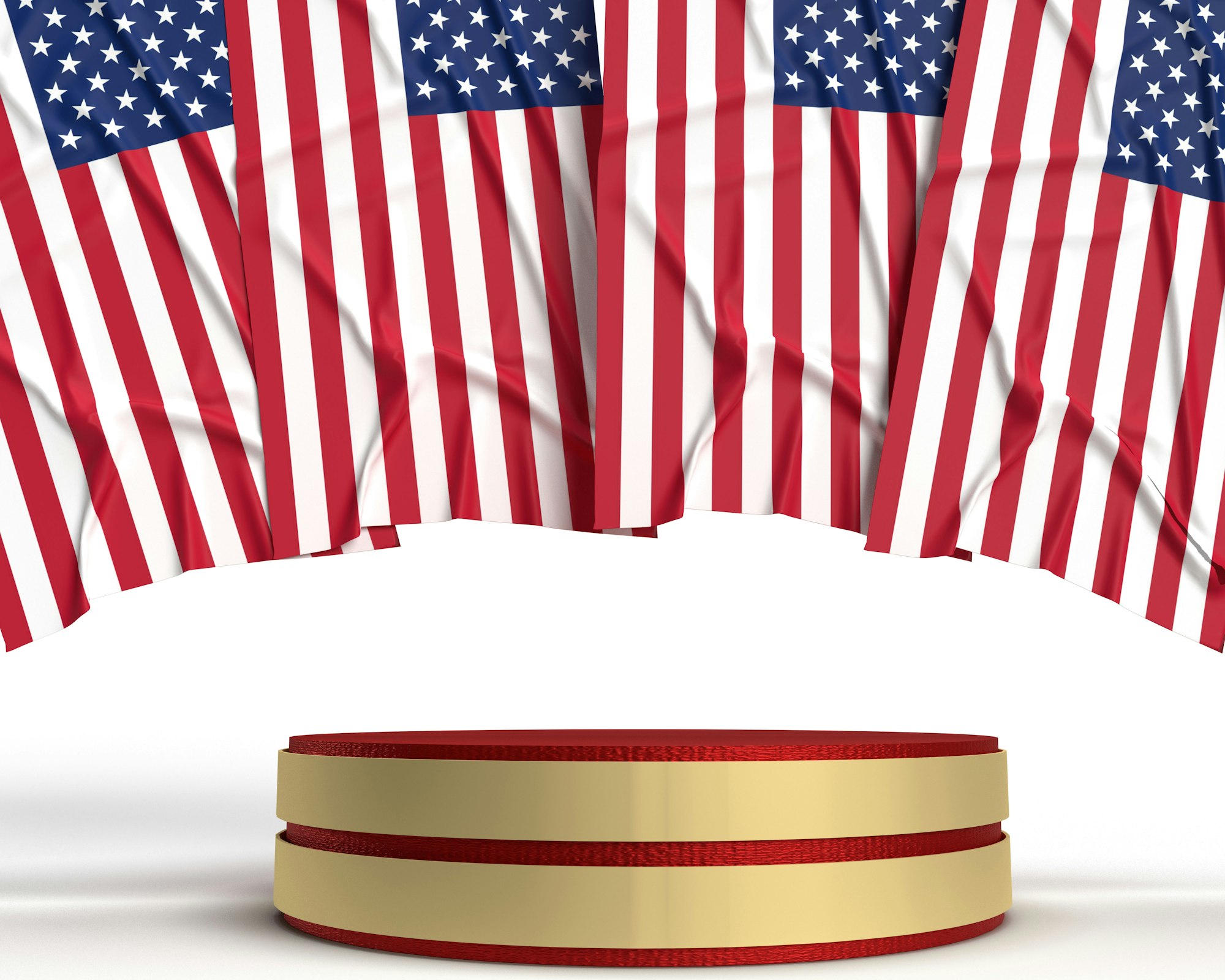Recently, former President Donald Trump caused a stir by using artificial intelligence to create images that falsely showed pop star Taylor Swift endorsing his 2024 presidential run. These images, shared on his social media platform Truth Social, depicted Swift and her fans, the Swifties, wearing “Swifties for Trump” T-shirts, leading to significant public backlash.

Breaking Down the Incident
The AI-generated images, identified as deepfakes, included one portraying Taylor Swift dressed like Uncle Sam, with a caption urging her fans to support Trump in the upcoming election. This appeared to be an attempt to tap into Swift’s considerable influence among young voters, despite her documented support for Democratic candidates in past elections, such as Joe Biden and Kamala Harris in 2020.
The reaction from Swifties and the broader public was one of dismay and anger, raising questions about the legal and ethical implications of using someone’s likeness without their consent, particularly in a politically charged setting. The incident reignited concerns about the potential misuse of deepfake technology in spreading misinformation.
Swift’s Political Views and Her Response
Taylor Swift has historically been cautious with her political endorsements. While she has supported Democratic candidates and championed various social causes, she has not yet backed anyone for the 2024 election. Her previous endorsements were aimed at promoting unity and progress in the U.S., reflecting her evolution from a non-political figure to an active voice in political discussions that affect her fans and the wider community.
Community and Legal Reactions
Swift’s fanbase responded quickly and forcefully, with many calling for legal actions against Trump for unauthorized use of Swift’s image. This incident underscores the broader challenges posed by AI in politics, particularly its potential to create deceptive narratives that could skew public perceptions and influence electoral outcomes.
In response, a new group named “Swifties for Kamala” emerged, aiming to combat misinformation and support Vice President Kamala Harris, showing how Swift’s fans are leveraging their collective voice for responsible and impactful political engagement.

FAQ about the Donald Trump and Taylor Swift AI Endorsement Controversy
- What happened with Donald Trump and Taylor Swift in the AI endorsement controversy?
- Former President Donald Trump used artificial intelligence to create images that falsely portrayed Taylor Swift endorsing his 2024 presidential campaign. These images were shared on Trump’s social media platform, Truth Social, and showed Swift and her fans wearing “Swifties for Trump” T-shirts. The images were identified as deepfakes and sparked a significant backlash from Swift’s fans and the public.
- Why is this incident significant?
- This incident highlights the ethical and legal issues surrounding the use of someone’s likeness without permission, especially in a politically sensitive context. It also brings attention to the dangers of deepfake technology and its potential use in misinformation campaigns that can manipulate public opinion and potentially influence electoral outcomes.
- How have Taylor Swift and her community responded to the misuse of her image?
- Taylor Swift’s fanbase reacted strongly, with many calling for legal action against Donald Trump for unauthorized use of her image. In response to the incident, a new group called “Swifties for Kamala” was formed to counteract misinformation and support Vice President Kamala Harris, demonstrating the proactive stance of Swift’s fans in using their collective influence responsibly in political discourse.
Sources CNN


